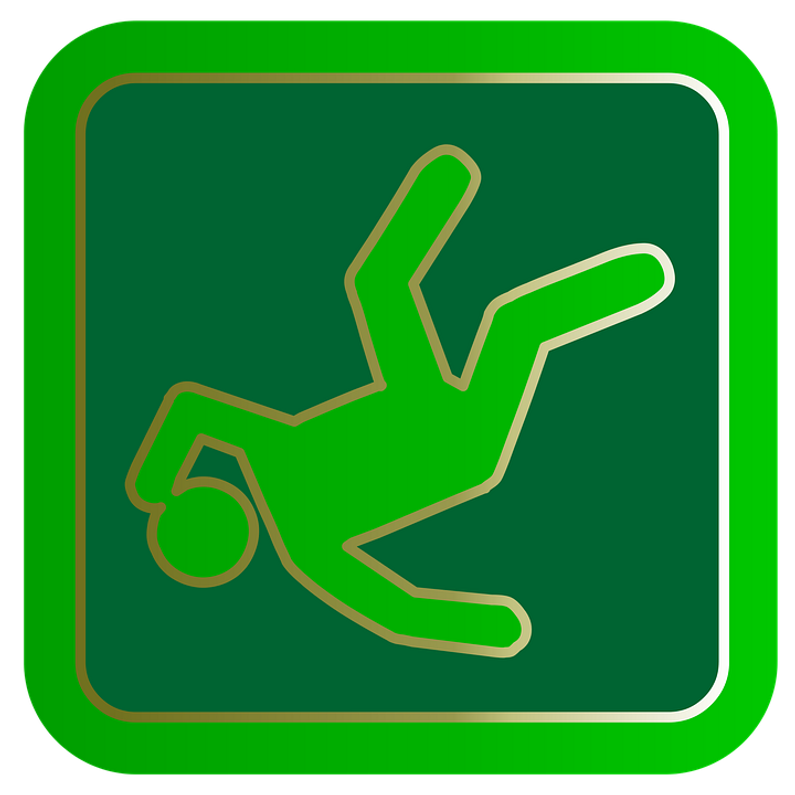Exploring the Cost of Slip-and-Fall Accidents

Slip-and-falls consistently top the list of the most common types of workplace injury in the United States. Such injuries are typically classified under one of two subtypes: same level or elevated levels. Same-level falls are less severe but more common, while elevated-level falls are more severe but less common. In an effort to further explore slip-and-fall injuries in the workplace, Liberty Mutual has published its findings from the 2017 Safety Index.
Each year, the insurance provider Liberty Mutual conducts a thorough study in which it identified the top 10 causes of nonfatal injuries, according to direct costs. In 2014, Liberty Mutual found workplace injuries cost US employers nearly $60 billion in direct costs. Fast forward to just one year later and employers spend $62 billion on worker injuries.
In its most recent Safety Index -- the 17th of such -- Liberty Mutual found the three most common types of disabling work-related injuries for 2016 were overexertion, falls from same level, and falls from elevated level. The cost of these injuries totaled $51 billion. In comparison, the total cost of all 10 leading work-related injuries was just $62. So as you can see, slip-and-fall injuries cost employers big bucks from year to year.
“Each year, we rank the top 10 causes of the most serious, nonfatal workplace injuries by their direct costs to help companies better protect employees and the bottom-line,” said Debbie Michel, who leads Liberty Mutual’s workers compensation division for mid-sized and large companies. “Workplace injuries impact both employees and employers. Injured employees face potential physical, emotional and financial harm. Employers face the direct costs of workplace injuries – medical care related to the accident and some portion of an injured employee’s pay – and the indirect costs, including hiring temporary employees, lost productivity, and quality disruptions.”
So, what can you do to protect against slip-and-fall injuries in your workplace? First and foremost, make sure your workers are equipped with the appropriate personal protection equipment (PPE). If your workplace has a high risk of slip-and-fall injuries, workers should be given non-slip shoes or footwear to protect against such injuries.
Maintaining clear aisles and pathways is also essential when protecting against slip-and-fall injuries. Each year, dozens of companies are cited for blocking pathways in their workplace, such as pathways leading to fire exits. Not only is this a slip-and-fall hazard, but it also creates a dangerous scenario if a fire ever occurs.
Recent Posts
-
Fire Safety in the Workplace: What You Need to Know
What steps are you taking to prevent fires in your workplace? According to the U.S. Occupational Saf …Aug 23rd 2023 -
Is It Safe to Go Jogging With a Cold Infection?
If you're suffering from a cold infection, you might be wondering whether it's safe to go jogging. T …Aug 22nd 2023 -
5 Safety Tips to Follow When Using a Powder-Actuated Tool
Powder-actuated tools are commonly used to join materials to steel and concrete. Also known as Hilti …Aug 20th 2023




